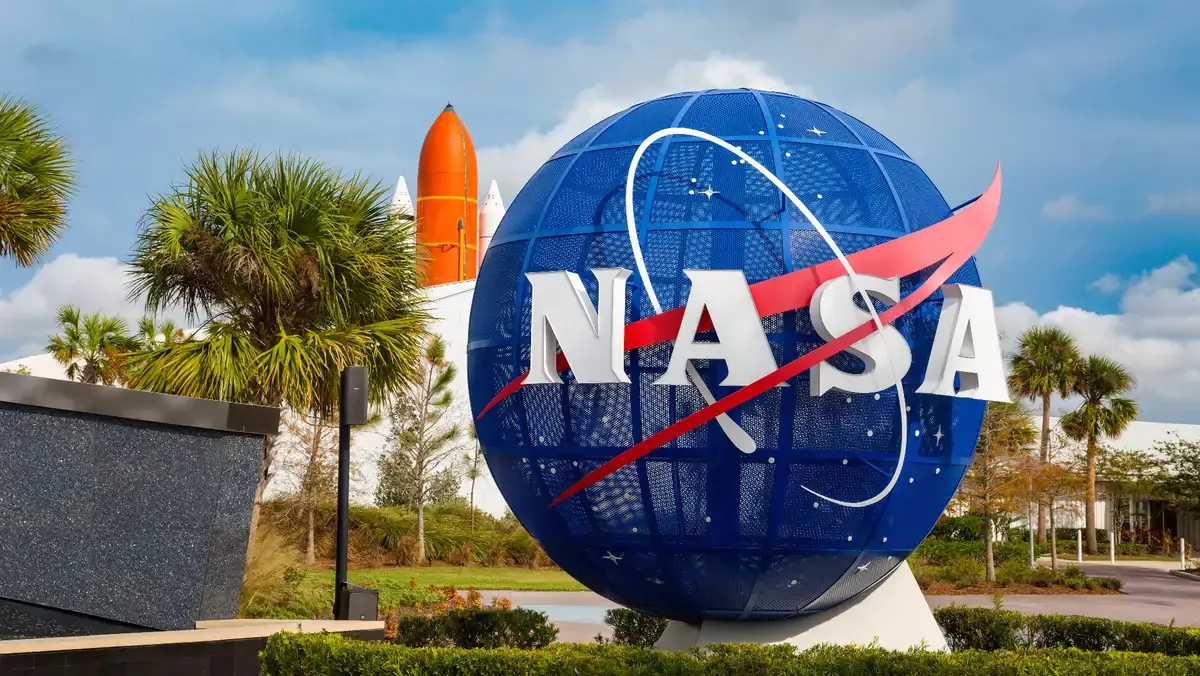NASA, the National Aeronautics and Space Administration, has been at the forefront of space exploration for decades, pushing the boundaries of human knowledge and inspiring generations of students to dream big. A visit to NASA facilities offers students a unique opportunity to witness firsthand the wonders of space exploration, scientific discovery, and technological innovation. In this blog, we’ll explore the myriad of lessons that students can learn from visiting NASA, from the scientific and technical aspects of space exploration to the broader lessons about teamwork, perseverance, and the power of imagination.
1. Science and Technology
Understanding Space Exploration:
Visiting NASA provides students with a deeper understanding of the scientific principles behind space exploration. They can learn about the laws of physics that govern space travel, the challenges of space environments, and the innovative technologies developed to overcome these challenges.
Hands-on Learning:
Many NASA facilities offer interactive exhibits and demonstrations where students can engage in hands-on learning experiences. From building model rockets to operating robotic arms, these activities help students grasp complex scientific concepts in a fun and engaging way.
Cutting-Edge Research:
NASA is at the forefront of cutting-edge research in fields such as astronomy, planetary science, and astrobiology. Visiting research facilities and laboratories allows students to see firsthand the groundbreaking work being done by NASA scientists and engineers.
Real-world Applications:
By learning about NASA’s research and technology development, students can see how scientific concepts are applied in real-world situations. They can gain insights into how NASA innovations have led to advancements in areas such as satellite communications, weather forecasting, and medical imaging.
2. Inspiration and Imagination
Sparking Curiosity:
A visit to NASA can ignite students’ curiosity about the universe and their place in it. Seeing real spacecraft, moon rocks, and other artifacts of space exploration can inspire students to ask questions, seek answers, and pursue careers in STEM fields.
Fostering Creativity:
NASA’s missions often require innovative solutions to complex problems. By learning about the creative approaches taken by NASA engineers and scientists, students can develop their own problem-solving skills and think outside the box.
Encouraging Exploration:
Visiting NASA encourages students to explore new ideas and possibilities. Whether it’s imagining life on other planets or contemplating the future of space travel, students are encouraged to think critically and imaginatively about the universe around them.
Cultivating a Sense of Wonder:
The awe-inspiring sights and experiences at NASA facilities can instill a sense of wonder and awe in students. From witnessing a rocket launch to gazing at distant galaxies through a telescope, these experiences can leave a lasting impression and fuel students’ curiosity about the cosmos.
3. Teamwork and Collaboration
Collaborative Projects:
NASA missions are typically large-scale endeavors that require collaboration among scientists, engineers, and astronauts from around the world. By learning about these collaborative projects, students gain an appreciation for the importance of teamwork and collaboration in achieving ambitious goals.
Role of Diversity:
NASA values diversity and inclusion, recognizing that diverse teams are better equipped to tackle complex challenges. Visiting NASA facilities allows students to see firsthand the diverse range of people involved in space exploration and the unique perspectives they bring to the table.
Leadership and Communication:
NASA missions require strong leadership and effective communication to succeed. By observing how NASA teams work together and communicate, students can learn valuable lessons about leadership, teamwork, and effective collaboration.
Problem-solving Skills:
Students can witness firsthand how NASA teams overcome obstacles and solve problems in real-time. Whether it’s troubleshooting technical issues during a mission or devising innovative solutions to unforeseen challenges, these experiences teach students the importance of adaptability, resilience, and creative problem-solving.
4. History and Legacy
Lessons from Past Missions:
NASA’s history is filled with triumphs and challenges, from the Apollo moon landings to the Space Shuttle program. By studying past missions, students can learn valuable lessons about perseverance, resilience, and the pursuit of excellence.
Legacy of Exploration:
NASA’s exploration of space has had a profound impact on our understanding of the universe and our place in it. Visiting NASA facilities allows students to learn about the legacy of exploration and the ongoing quest to explore new frontiers.
Inspiration for the Future:
By studying NASA’s past achievements and current projects, students can gain inspiration for the future. Whether it’s dreaming of becoming an astronaut, a scientist, or an engineer, visiting NASA can spark a lifelong passion for exploration and discovery.
Ethical Considerations:
NASA’s missions raise important ethical questions about the exploration and colonization of space. Students can explore topics such as the ethical treatment of astronauts, the preservation of celestial bodies, and the implications of space tourism on the environment.
Conclusion
A visit to NASA offers students a unique opportunity to learn about science, technology, teamwork, and exploration in a hands-on and immersive way. By experiencing the wonders of space exploration firsthand, students can gain a deeper appreciation for the power of human ingenuity and the boundless possibilities of the universe. Whether it’s igniting a passion for STEM fields, fostering creativity and imagination, or instilling values of teamwork and perseverance, a visit to NASA can leave a lasting impact on students’ lives and inspire them to reach for the stars.







